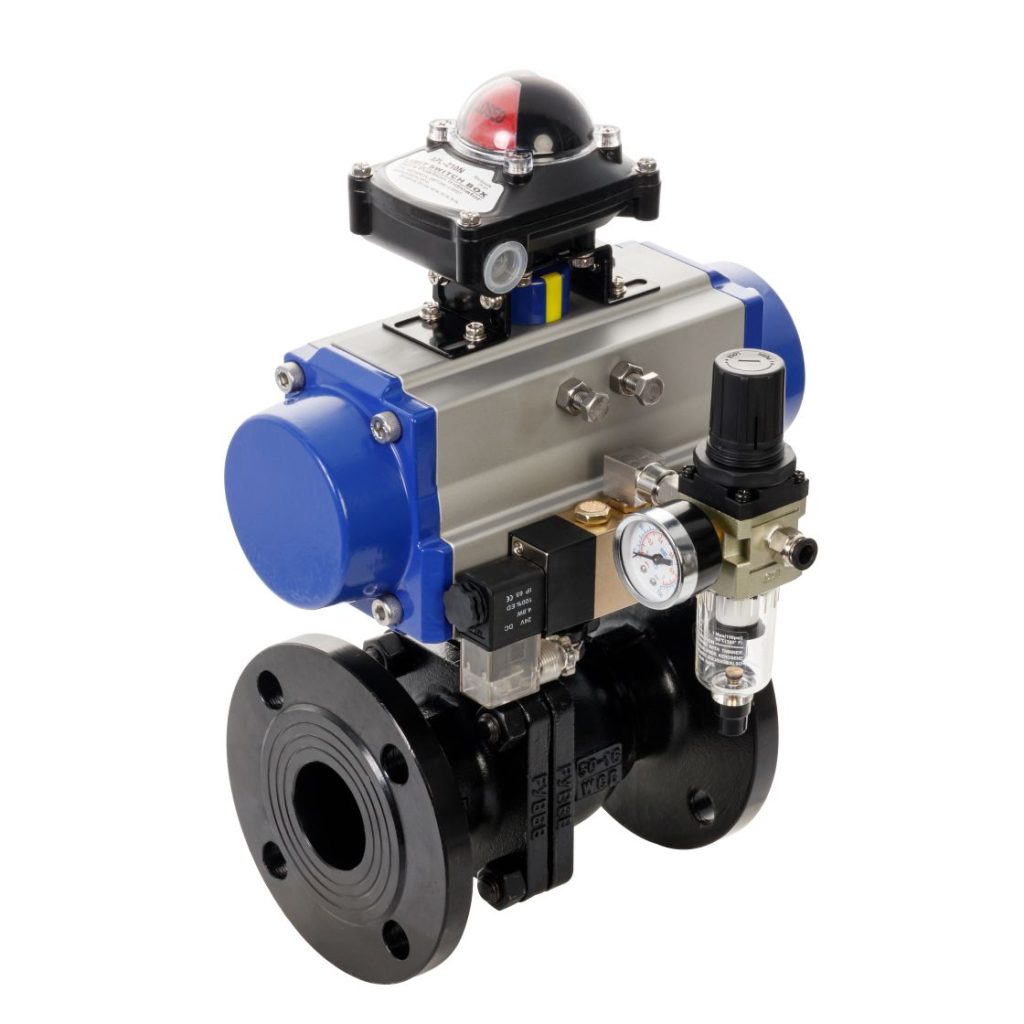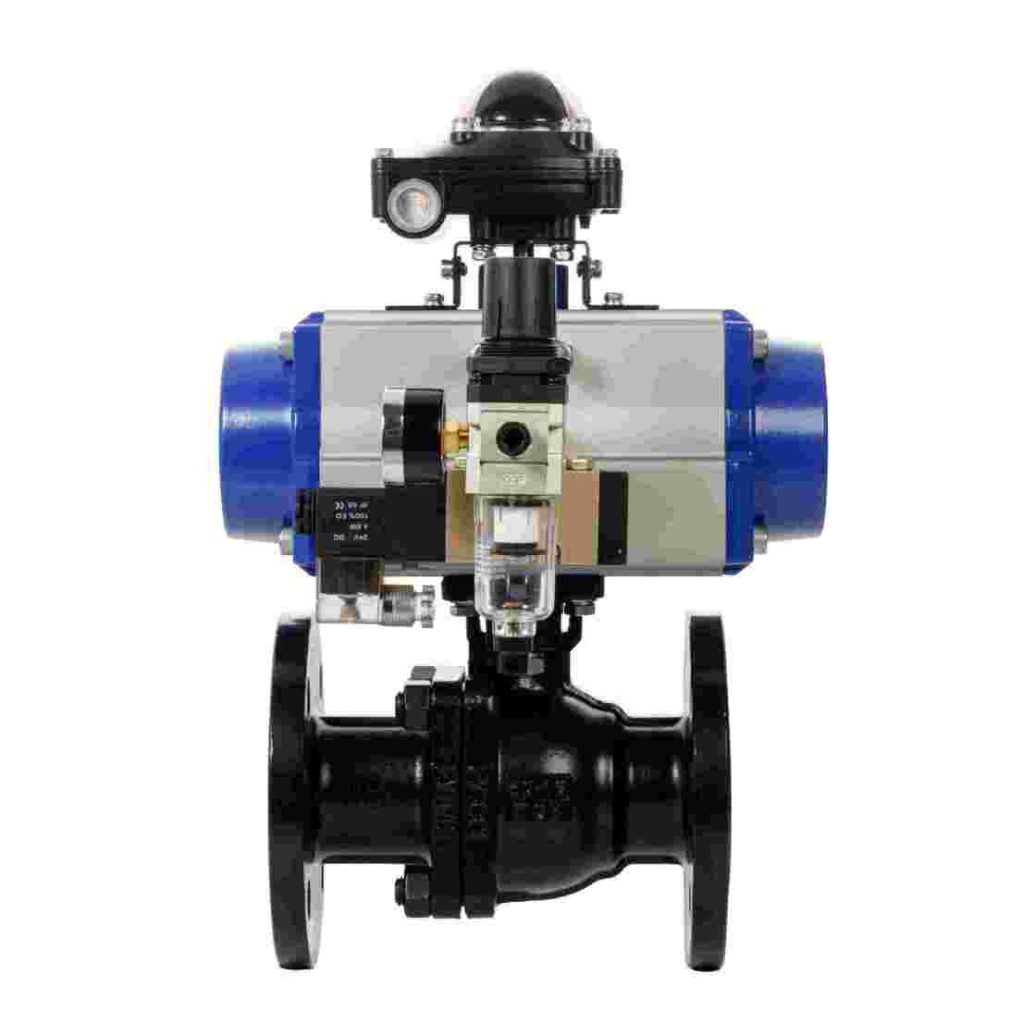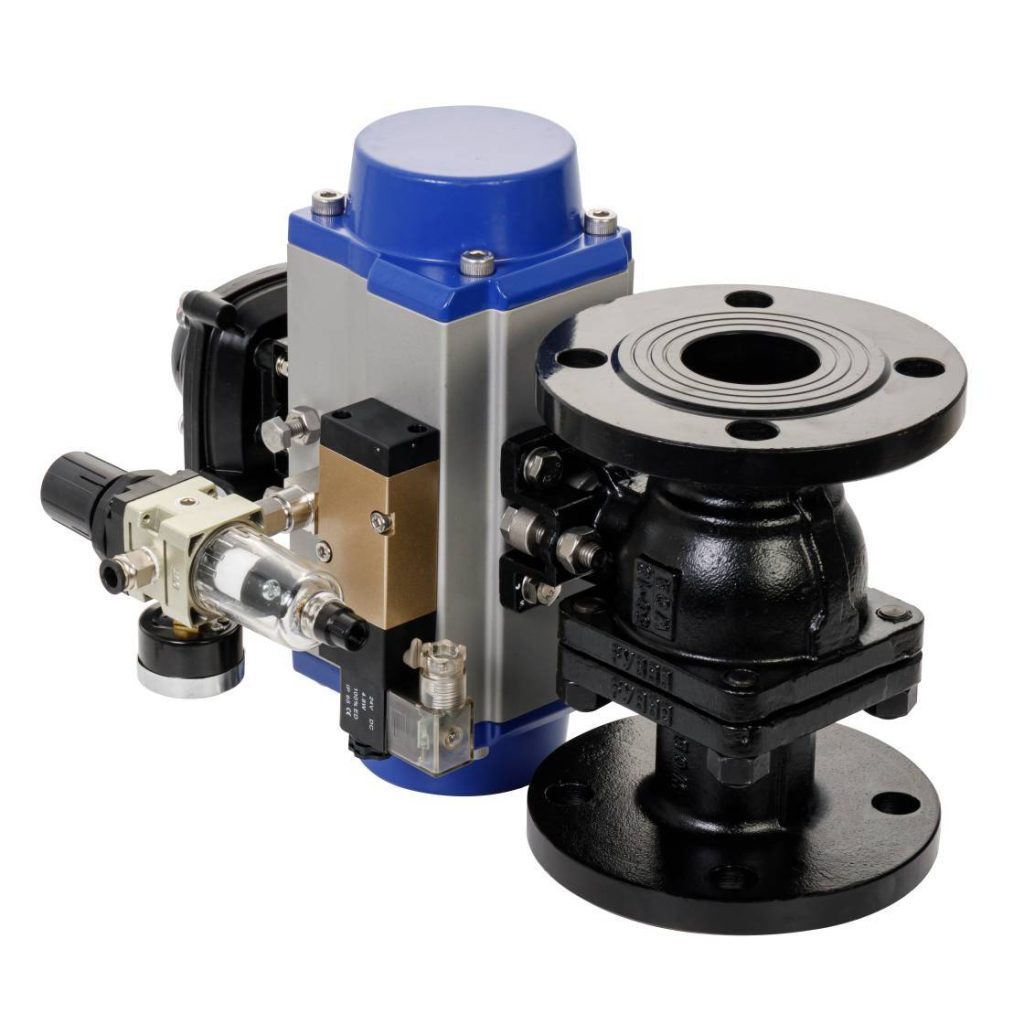In the quest for sustainable energy solutions, hydrogen has emerged as a frontrunner due to its abundance and potential to reduce greenhouse gas emissions. As industries pivot towards cleaner energy sources, the components that facilitate the effective use of hydrogen must also evolve. One such critical component is the hydrogen energy pneumatic ball valve, which plays a vital role in managing hydrogen flow in various applications, including fuel cells, hydrogen refueling stations, and chemical processing. This article explores the functionality, advantages, and applications of hydrogen energy pneumatic ball valves in the modern energy landscape.

Understanding Pneumatic Ball Valves

Pneumatic ball valves are devices that control the flow of fluids or gases through a pipe by using a spherical disc, or ball, with a hole in the center. When the valve is open, the hole aligns with the flow direction, allowing fluid or gas to pass through. When closed, the ball rotates to block the flow. Pneumatic actuation utilizes compressed air to operate the valve, offering several advantages, including rapid opening and closing times, precise flow control, and minimal energy consumption. Importance of Hydrogen Energy Hydrogen is a versatile energy carrier, capable of generating power through various methods, including combustion and electrochemical processes in fuel cells. It produces only water vapor as a byproduct when used in fuel cells, making it an environmentally friendly alternative to fossil fuels. With increasing investments in hydrogen production and infrastructure, the demand for efficient flow control systems, like pneumatic ball valves, is rising.
